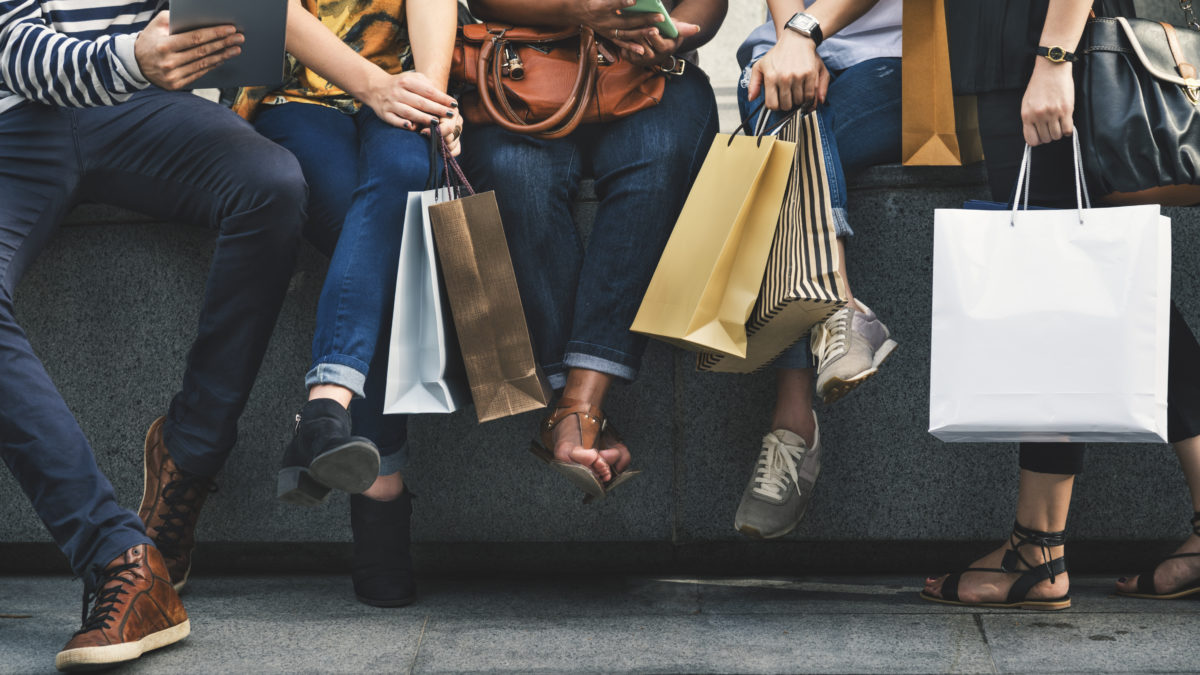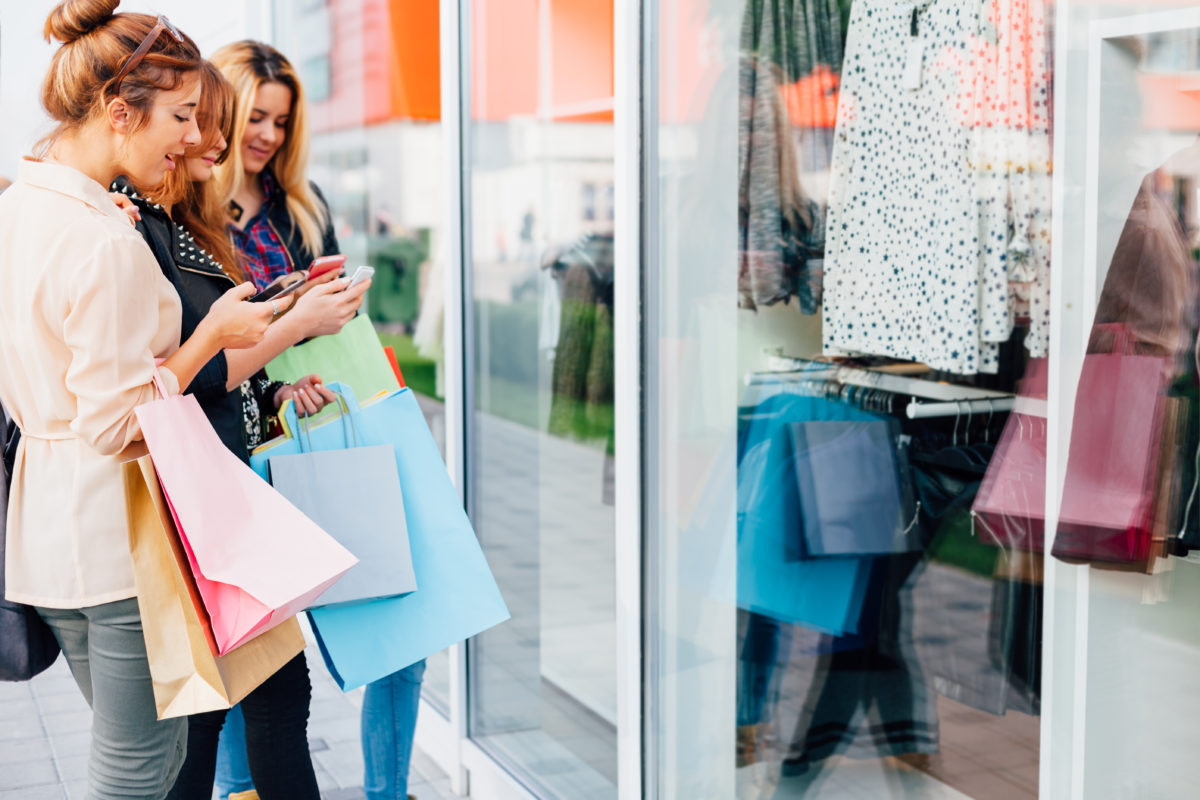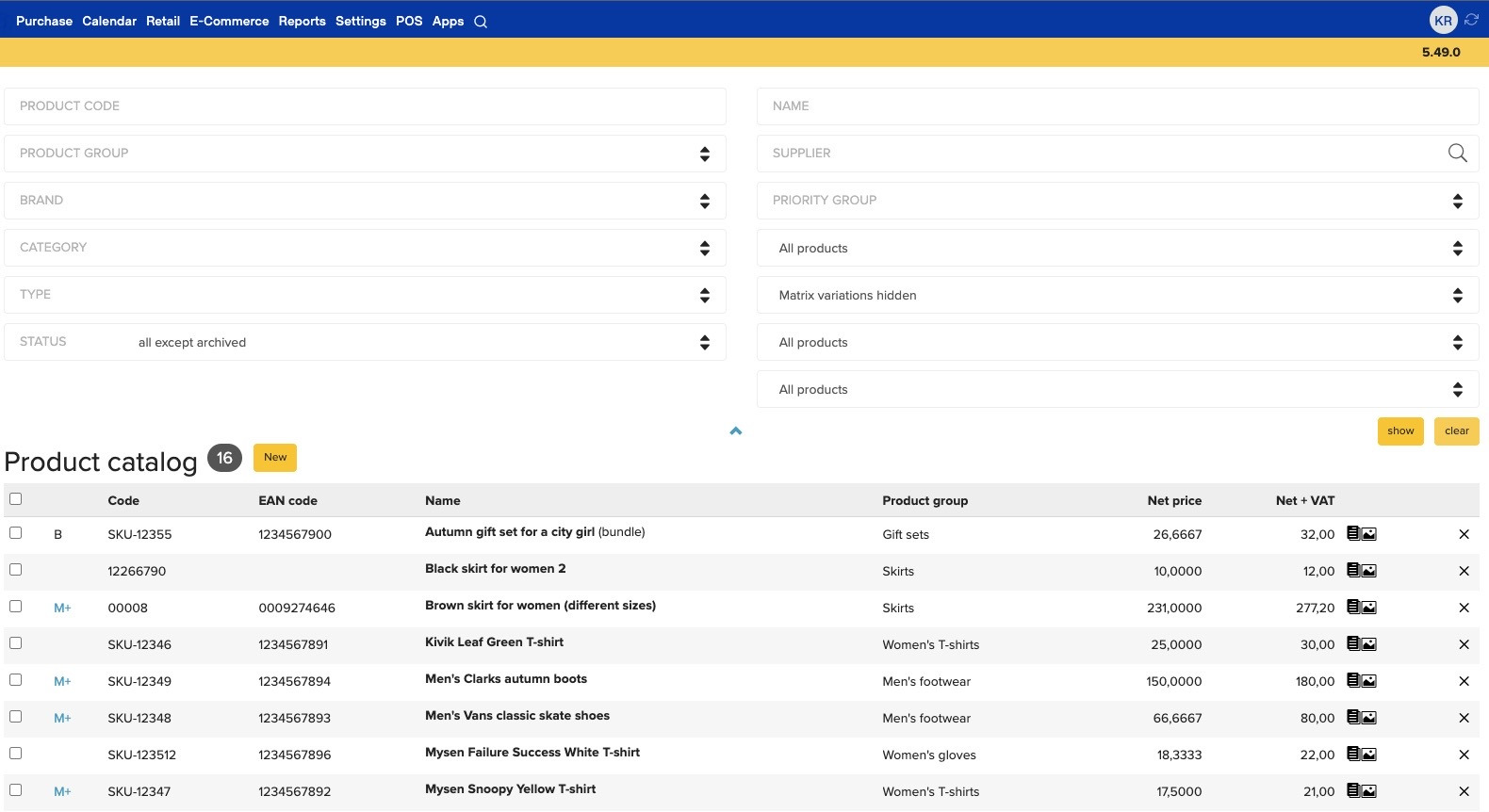The people that used to work in trade thirty to forty years ago will find it difficult to understand the behavior of contemporary buyers. It seems as if a good bulk of the buyers have lost their minds. While people used to buy the things they needed, wholly different reasons dominate now.
As city geographer Jim Pooler points out in his book Why We Shop, the average contemporary consumer shops to reward himself, to satisfy psychological needs, and to feel good. He doesn’t buy things because they’re cheap. On the contrary, he buys them because they’re expensive.
Children used to be so excited by new things that they would place a new toy under their pillow or wear new jeans at home because they couldn’t wait until they got to go outside. Now adults behave the same way. However, an adult has somewhat different “jeans” – instead an adult has cars, houses, and trips. Emotional purchases feel good – it’s like a shot of adrenaline mixed with a sense of joy and power.

There’s no logical reason why someone should buy a $100,000 Porsche or Lamborghini – a $20,000 Ford or Toyota will get you from point A to point B just as well. And that is the primary purpose of a car. Buying a luxurious sports car satisfies wholly different needs. Most of the time, people don’t even acknowledge such needs. As Harvard professor Gerald Zaltman points out in his book How Customers Think, up to 95% of all purchase decisions are made subconsciously. The consciousness is mostly needed to explain one’s purchases to others (and yourself).
We are not wrong by claiming that the customer is an emotional and subconscious-driven being. This is why anthropologists, city geographers and merchants have carefully examined what makes a person buy something and how to wisely influence purchase decisions.
The following is a list of observations made over several decades. And if you’ve tried all of them and still claim that sales at your shop haven’t improved… well then try again!
How to wisely influence purchase decisions
Marketing isn’t the only thing that affects us. We’re also affected by other people. The next time you visit a Christmas market, think which street food vendor you choose – the one without a single buyer, or the one surrounded by a crowd? Or why do we sometimes buy the same food as the person before us?
Make Use of Our Desire to Imitate Others
Imitating the behavior of others is an innate quality of our subconscious that helps us bond with others and behaves “the right way”. Imitation may also be a conscious strategy. For example, we often ask a waiter which menu items are most popular or check out the most popular books at the bookshop.
Following the example of others is especially relevant when we don’t have a particular preference ourselves. Those “Popular products” and “People who bought A also bought B and C” prompts in online shops are there for a reason.
Social psychologist Alain Samson writes in Psychology Today that some companies have used this phenomenon to their advantage. For example, Apple makes it very clear who is part of their community. Allowing only a small selection of iPhone ring tones and only manufacturing white headphones is an intentional decision.
How often do we see lists of popular foods, wines or trolls in any given shop? Why aren’t these more common? Granted, such “most popular” lists will not work in every setting, e.g. in a women’s clothing shop, where it’s important to be unique, or when it comes to other products related to our self-image (anything from lipsticks to cars).

Promote Impulse Purchases and Self-rewarding
Impulsivity and the tendency to make impulse purchases vary from person to person. However, it would be incorrect to claim that there are people who remain completely unaffected by discount offers and ads. A clothing industry survey conducted in Estonia revealed that discounts provide huge motivation for women to go to a particular shop and that around 50% of women make the purchase decision spontaneously.
One survey posits payday as a major motivator – the knowledge that “I have a lot of money right now” motivates 60% of people to go shopping. 51% make impulse purchases based on the “I’m happy” feeling, while 35% do so based on the “I’m hungry” feeling. The list of reasons to buy goes on – Christmas, birthdays, the start of a holiday.
Shopping, like having sex and using recreational drugs, floods the brain with dopamine, i.e. the pleasure molecule. Psychologists have even adopted a special notion for this thrill-seeking, emotion and fantasy-based behavior – hedonic consumption.
If people want to reward themselves, allow them to do so at your shop! It’s easy to display wine and chocolate like presents at the grocery store, but maybe similar goods should also be on display at a clothing or bike shop?

Need for Closure
Black Friday has spread across the world like wildfire. Once you’ve gobbled up the Thanksgiving turkey, it’s time to go shopping!
Black Friday presents a clear imperative – buy a lot and fast – because the stores only run the offers one day (24 hours to be more precise) a year. You snooze, you lose. A new day comes and the fairy-tale is over. Granted, Black Friday is followed by Cyber Monday, i.e. the Monday following Thanksgiving, a day of mass online purchases.
Psychologists believe that one explanation of why this type of mass buying is spreading is people’s need for closure. The notion was adopted in 1996 by scientists Kruglanski and Webster and it denotes psychological behavior where an individual wants to conclude the decision-making process and to act. The motivation to act varies from person to person but most possess it. A good way to satisfy that need is to pick one day to buy Christmas presents – you make the decision and act fast.
So if your store hasn’t participated in this campaign yet, what are you waiting for? Texas University professor Art Markman recommends that people do their homework before they go shopping (research the qualities, actual price range, etc. of a product), but whether you do so or not is up to you.
People don’t rush to Black Friday sales out of desperation – they actually feel they need to. This urgency benefits the merchant. A buyer who is in a rush and annoyed has less time to consider and less control over his or her willpower and is more likely to make impulse purchases. An experiment conducted by Psychology Today supports this. During the experiment, participants were asked to choose between a salad and a chocolate cake; some were given an additional task of remembering a seven-digit number. Turned out that those that were preoccupied with memorizing the number, were much more likely to choose in favor of the cake. At the end of a long workday, we’re also going to be tired and looking to buy something quickly.






